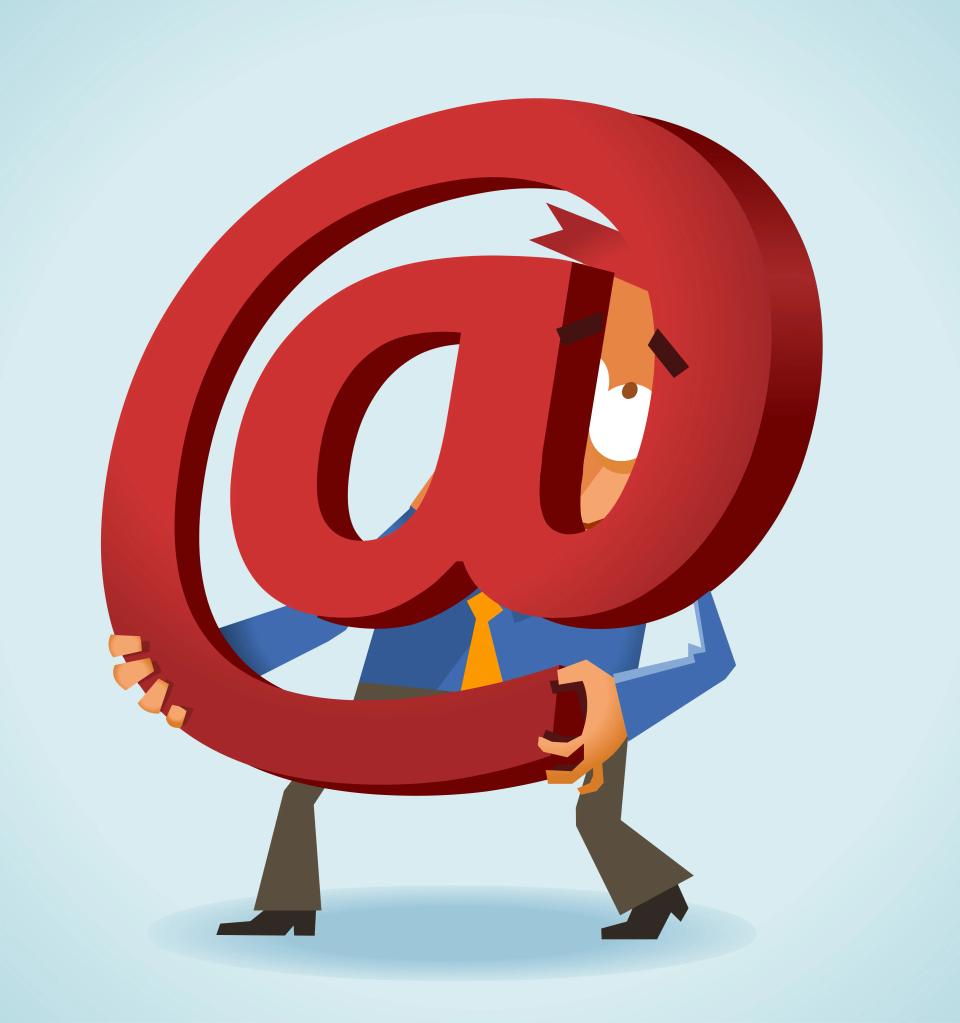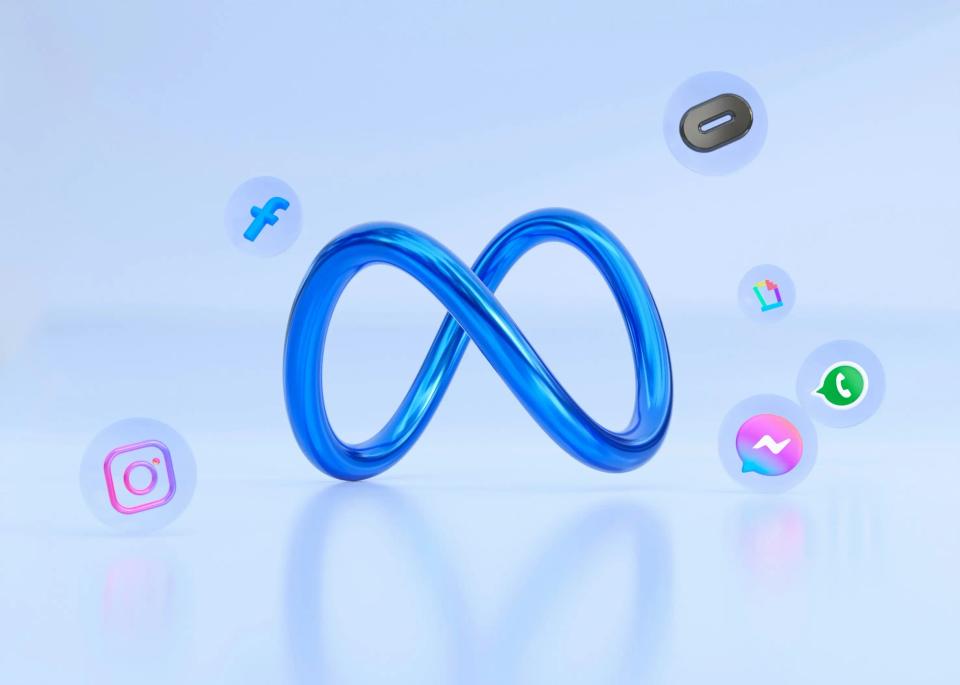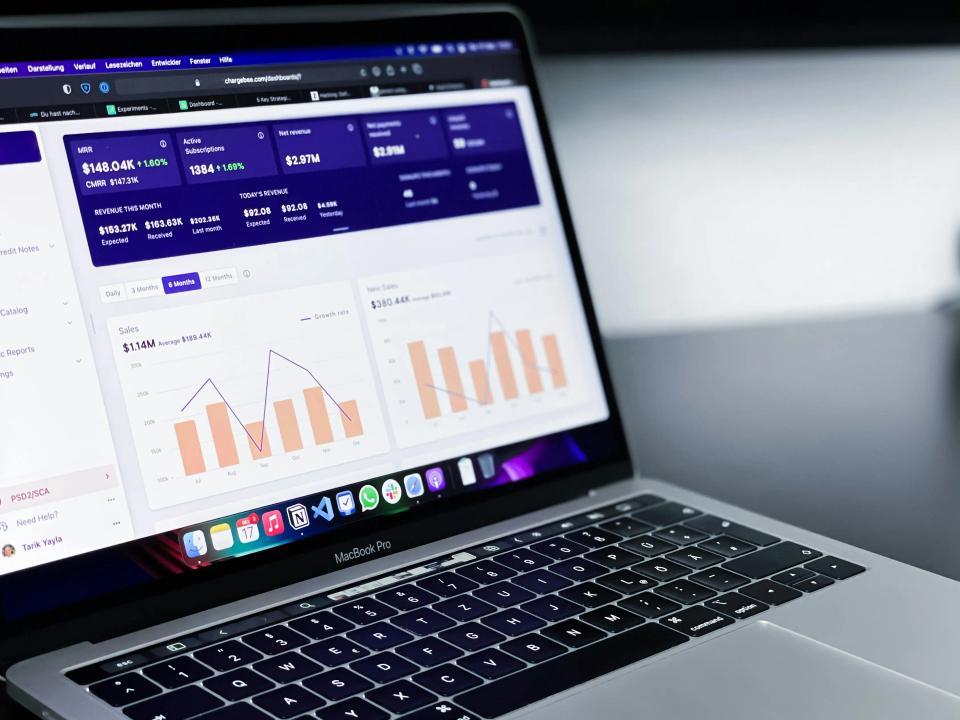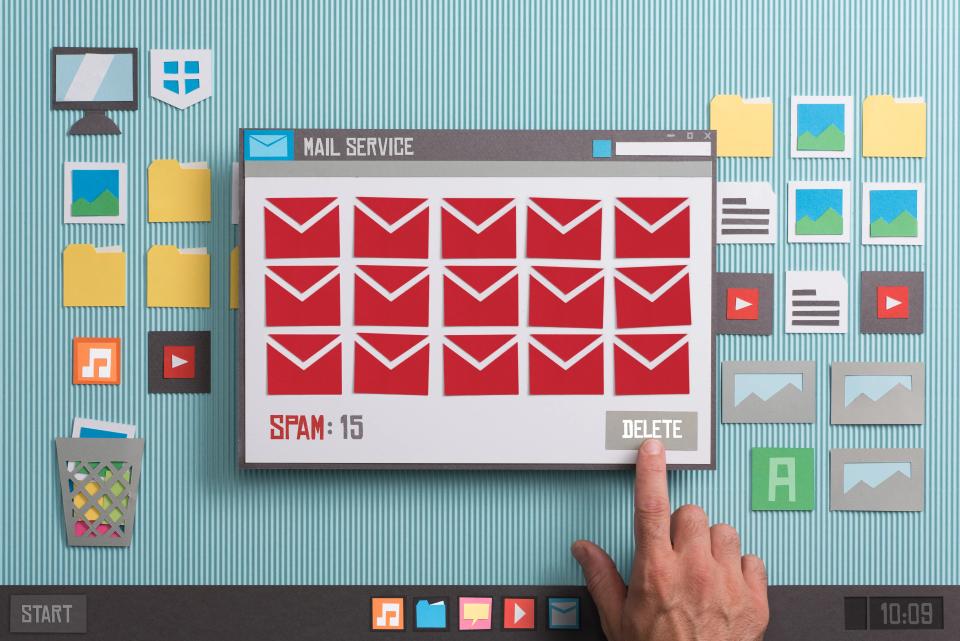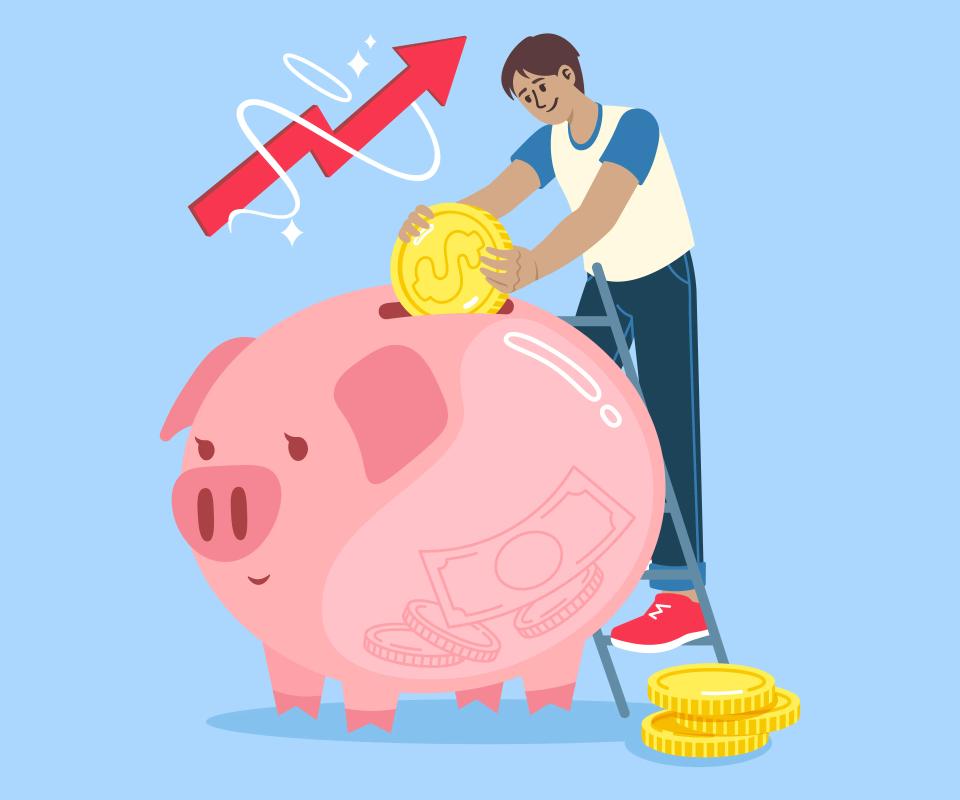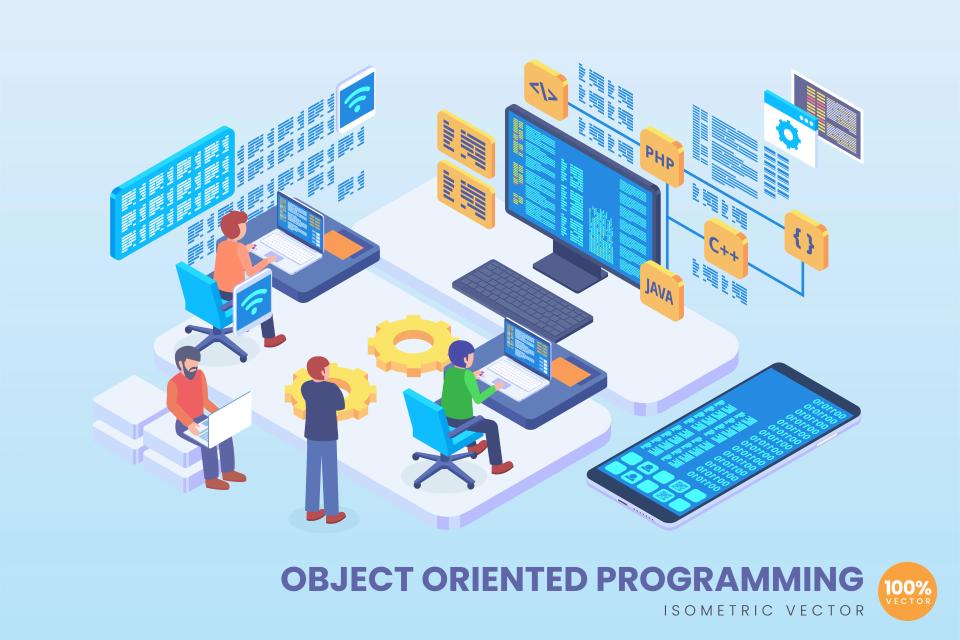The phone isn't ringing like it used to. Open house attendance feels… sparse. You’re a damn good real estate agent, but the market’s a beast, and finding that next seller, that next buyer, feels like searching for a needle in a haystack the size of Texas. What if I told you there’s a direct line to your ideal clients, a way to whisper in their ear before your competition even knows they exist?
Many agents hear "cold email" and instantly picture a digital wasteland, a spam-filled abyss where good intentions go to die. They think it’s outdated, ineffective, maybe even a little desperate. But what if those agents are dead wrong? What if, when wielded with precision and a dash of psychological savvy, cold email is actually one of the most powerful, direct, and shockingly cost-effective tools in your real estate lead generation arsenal?
Forget everything you think you know. This isn't about blasting generic messages into the void and praying for a miracle. This is about strategy. This is about understanding human desire. This post will hand you the keys to transform your cold email outreach from a frustrating shot in the dark into a finely tuned, high-performance lead generation machine that consistently fills your pipeline.
Why Cold Email is a Game-Changer for Real Estate Agencies
Imagine having a direct, unfiltered channel to property owners, potential sellers, eager buyers, or savvy investors. That’s the raw power cold email hands you. You’re not waiting for them to find your Zillow profile or stumble upon your billboard; you’re initiating the conversation, on your terms.
Think about the money you pour into traditional advertising. Now, picture this: cold email campaigns can boast an incredible return on investment, with some studies showing an ROI as high as $42 for every $1 spent in certain contexts. That’s not just saving money; it’s making your marketing budget work smarter, harder, and faster for you.
And what about growth? Cold email allows you to reach a vast, targeted audience with an efficiency that’s simply unmatched. You can scale your outreach efforts without exponentially increasing your workload, a crucial advantage in the fast-paced real estate world. It’s about building initial rapport, making a human connection through personalized messages, even before that first handshake. Plus, every open, every click, every reply is a data point, allowing you to track your results meticulously and refine your strategies for even greater success.
Laying the Groundwork: Pre-Outreach Essentials
Before you even think about hitting "send," you need a rock-solid foundation. Without it, your emails are just digital noise. Get this part right, and you're halfway to a booked appointment.
Defining Your Ideal Prospect Profile (IPP)
Who are you really trying to reach? Is it the For Sale By Owner (FSBO) who’s quickly realizing they’re in over their head? Or perhaps it’s the owner of an expired listing, frustrated and ready for a new approach. Maybe you specialize in helping first-time homebuyers navigate the daunting market, or you connect investors with lucrative opportunities in specific neighborhoods.
Once you know who, you need to understand why. What are their deepest fears, their most pressing problems, their unspoken desires? For an FSBO, it might be the fear of underselling or the stress of endless showings. For an investor, it could be the desire for passive income and long-term security. According to SocialSellinator, campaigns targeting well-defined Ideal Customer Profiles see significantly higher engagement.
Knowing these pain points and motivations is your secret weapon. It allows you to craft messages that resonate on a primal level, showing them you don’t just want their business – you understand their world. This targeted approach is fundamental to effective real estate prospecting emails.
Building a High-Quality, Targeted Email List (Legally & Ethically)
Your email list is your goldmine, but only if it’s filled with actual gold. Where do you find these high-potential prospects? Think public records, local property data for pinpoint accuracy, and LinkedIn for connecting with commercial clients or investors. Don't forget networking events and, crucially, opt-in forms on your website to nurture future leads.
What information should you gather? Beyond a name and email, consider the property address (if applicable) and any clues about their potential interest or situation. This data fuels the personalization that makes cold email so effective. As Yantle points out, curated lists from public records and MLS data are key for precise targeting.
But here’s a critical step many overlook: list hygiene and verification. Sending emails to dead addresses or uninterested parties tanks your deliverability and sender reputation. SalesHandy notes that poor list quality is a common cold email mistake, and aiming for a bounce rate below 3% is vital. Clean your list regularly; it’s non-negotiable for success.
Understanding Legal & Compliance (CAN-SPAM, GDPR, Local Regulations)
Let’s talk about the elephant in the room: legality. The last thing you want is for your brilliant outreach strategy to land you in hot water. Understanding and adhering to regulations like the CAN-SPAM Act in the U.S. and GDPR in Europe isn't just good practice; it's the law.
Key requirements are straightforward but essential. You must clearly identify yourself and your agency, provide a valid physical address in your emails, and offer a crystal-clear, easy-to-use opt-out mechanism. Mailtrap provides excellent resources on navigating CAN-SPAM for cold emails, emphasizing these points.
Beyond the letter of the law, embrace ethical outreach. Your goal is to provide genuine value, to be a helpful resource, not an unwelcome intrusion. If your emails feel like spam, you’ve already lost. Focus on building trust from that very first interaction. Outreach.io offers insights into GDPR compliance for sales outreach, which is crucial if your prospects might be in Europe.
Crafting Irresistible Cold Emails for Real Estate (The Anatomy of a Winning Email)
Your groundwork is laid. Your list is clean. Now, it’s time to write an email that doesn’t just get opened—it gets results. This is where art meets science, where psychology meets persuasion.
The Subject Line: Your First Impression
Think of your subject line as the velvet rope outside an exclusive club. It’s your one chance, often in just a few words, to convince someone they need to see what’s inside. Generic won’t cut it. You need personalization – their name, street, or neighborhood can work wonders. Spark curiosity. Hint at a benefit. Urgency can be effective, but use it like a rare spice, not the main course.
Consider these examples for cold email real estate that demand a click: "Thinking of selling your [Elmwood Park] property soon?" or "A quick question about your home on [Oak Street]." Another powerful angle is, "Exclusive market insights for [Your Town] homeowners." HubSpot data suggests that personalizing your email subject line can significantly boost open rates, sometimes by as much as 50% according to ProfitOutreach.
Remember, a huge chunk of emails are first viewed on mobile. Keep it concise. Aim for impact. Your subject line is the gateway to a conversation, so make every character count.
The Opening Line: Making it Personal and Relevant
"Dear Homeowner," – delete. "To Whom It May Concern," – are you serious? Your opening line must immediately signal that this email is specifically for them, not a blast sent to thousands. This is where your research into their Ideal Prospect Profile pays off.
Reference something concrete and specific. Mention their property directly ("I was admiring the curb appeal of your home on 123 Main Street..."). Refer to a recent sale nearby that impacts their home's value ("With the recent sale at 456 Pine Avenue, I thought you might be curious about your own property's current market position."). If you have a mutual connection or noticed something relevant from their LinkedIn profile (for commercial/investor leads), use it.
This personal touch shatters their "it's just another sales email" defense. It shows you’ve done your homework, you’re paying attention, and you might actually have something valuable to say. This relevance is key to moving from the inbox to a real conversation.
The Value Proposition: What’s In It For Them?
This is the heart of your email. Too many agents make the mistake of talking about themselves, their agency, their awards. Frankly, your prospect doesn’t care… yet. They care about their problems, their desires, their needs. Your value proposition must scream, "Here's how I can make your life better/easier/more profitable!"
What can you offer that’s genuinely valuable and low-commitment? A complimentary, no-strings-attached market analysis is a classic for a reason. Offer insights into recent buyer activity in their specific area. Perhaps you have access to off-market properties that could interest them, or a helpful guide for sellers navigating today’s complex market. According to SmartReach.io, emails offering clear, tangible value see higher engagement.
Focus relentlessly on the benefit to them. Are you saving them time? Reducing their stress? Helping them achieve a financial goal? Frame your services as solutions to their specific pain points.
The Clear Call-to-Action (CTA): Guiding the Next Step
You’ve hooked them with the subject, engaged them with a personal opener, and demonstrated clear value. Don’t fumble the ball now! You need to tell them exactly what you want them to do next. And critically, make it easy and low-commitment.
Avoid vague requests like "Let me know if you're interested." Instead, be specific and suggest a simple next step. "Are you open to a brief 10-minute chat next week to discuss this further?" or "Would you be interested in receiving a custom property valuation for your home on [Street Name]?" Another effective CTA is, "Simply reply to this email if you'd like the [Free Resource/Market Report] I mentioned."
The goal of the first email isn't usually to get a listing; it's to start a conversation. A low-barrier CTA, as highlighted by Yantle's guide on cold emailing for real estate agents, makes it much more likely they'll take that initial step. Make it irresistible to say "yes" (or at least, "tell me more").
The Professional Signature:
Your email signature is more than just your name; it’s your digital business card. It reinforces your professionalism and provides essential information for them to learn more or get in touch through other channels. Keep it clean, concise, and complete.
Include your full name, professional title (e.g., Realtor®, Broker), and the name of your real estate agency. Absolutely include your real estate license number – this builds trust and is often a legal requirement. Your phone number and a direct link to your agency's website are crucial.
Optionally, you can include links to your professional social media profiles, like LinkedIn, if they are active and relevant to your target audience. A well-crafted signature makes you look established and trustworthy, subtly reinforcing the credibility of your message.
The Art of the Follow-Up: Persistence Without Pestering
So, you sent that perfectly crafted email. Crickets. Does that mean it failed? Absolutely not! The shocking truth is that most conversions, most actual business, doesn’t happen on the first touch. The real magic, the real money, is in the follow-up.
Why do so many agents drop the ball here? Fear of being annoying? Lack of a system? Whatever the reason, their loss is your gain. Industry data consistently shows that persistence pays off in sales outreach, with a significant portion of replies coming after multiple follow-up attempts.
But there’s a fine line between persistent and pestering. Aim for an optimal frequency – perhaps 2-3 days after the initial email, then maybe a week later. The key is to vary your follow-up content. Don’t just resend the same email with "Just checking in." Each follow-up is a new opportunity to provide value. Offer a different resource, like a neighborhood-specific market update. Share a brief, relevant success story (e.g., "We just helped a seller down the street from you get 10% over asking..."). Ask a different, engaging question that prompts a response.
For example, a follow-up could be: "Hi [Prospect Name], following up on my previous email. I also wanted to share this quick report on recent sales in [Their Neighborhood] – some interesting trends emerging. Are you seeing this too?" Or, "Just a quick note, [Prospect Name]. Since my last email, a new listing similar to yours on [Street] just went under contract quickly. Thought you'd find that interesting." Knowing when to stop is also crucial; if after a thoughtful sequence there's no engagement, or if they explicitly say "no," respect that and move on.
Integrating Email Outreach with Your CRM & Other Tools
To truly master email marketing for realtor success, you can't operate in a silo. Your cold email efforts need to be seamlessly woven into your broader sales and marketing ecosystem, and your Customer Relationship Management (CRM) system is the linchpin.
Why CRM Integration is Crucial for Email Marketing for Realtor Success
Think of your CRM as the central nervous system of your lead generation. Integrating your email outreach means every interaction, every open, every click, every reply is automatically tracked and logged against that prospect's record. This ensures no lead ever falls through the cracks – a common and costly mistake. According to HubSpot, CRM email integration is vital for managing leads effectively.
This integration allows for powerful segmentation. You can tag leads based on their engagement (e.g., "opened email," "clicked link," "requested valuation") and then tailor your follow-up sequences with even greater precision. Imagine automatically sending a different set of messages to someone who downloaded your "Seller's Guide" versus someone who just opened the first email. This level of personalization, managed through your CRM, dramatically increases conversion rates.
Furthermore, many CRMs allow for automation of parts of the follow-up process, freeing up your valuable time to focus on prospects who are showing genuine interest. It’s about working smarter, not just harder, to nurture leads from a cold contact to a warm, qualified opportunity. As highlighted by RealEstateAgentRoadmap.com, tools like Mailchimp can be powerful when integrated with a CRM strategy.
Useful Tools for Real Estate Email Outreach
Beyond your CRM, a few other tools can significantly amplify your cold email effectiveness. Dedicated email outreach platforms like Mailshake, Woodpecker, or Lemlist are designed specifically for sending, managing, and tracking cold email sequences at scale, often with features that CRMs alone don't offer. Salesforge.ai discusses how such platforms help scale cold email outreach efficiently.
Email verification tools are another non-negotiable. Services like NeverBounce or ZeroBounce clean your lists by identifying and removing invalid or risky email addresses before you send. This protects your sender reputation, improves deliverability, and ensures your carefully crafted messages actually reach their intended recipients.
Finally, consider tools that enhance personalization or content. For instance, video email platforms allow you to embed short, personal video messages, which can dramatically increase engagement and reply rates. The right tech stack doesn't replace good strategy, but it certainly supercharges it.
Measuring Success & Optimizing Your Campaigns
You can't improve what you don't measure. Flying blind with your cold email campaigns is a recipe for wasted effort and missed opportunities. To turn your outreach into a predictable lead generation engine, you need to obsess over the data.
What are the key metrics to track? Start with Open Rates – what percentage of people are even bothering to look at your email? Then, Click-Through Rates (CTR) – are they engaging with your links, like the one to your free market report? Most importantly, track Reply Rates and, ultimately, Conversion Rates – how many of these conversations are turning into actual appointments booked or listings secured? ProfitOutreach notes that while average cold email reply rates hover around 1-5%, optimized campaigns can achieve much higher.
A/B testing is your best friend here. Don't just guess what works; test it! Experiment with different subject lines. Try varying your calls-to-action. Test different email copy lengths or value propositions. Even sending times can impact results. Small, incremental improvements, guided by data, can lead to massive gains over time.
Continuously refine your Ideal Prospect Profile based on what the numbers tell you. Are emails to FSBOs getting more traction than those to expired listings? Double down on what’s working. And always keep an eye on email deliverability – actively work to avoid spam filters by maintaining good list hygiene, authenticating your domain, and avoiding spammy language.
Common Pitfalls in Real Estate Cold Emailing (And How to Avoid Them)
Even with the best intentions, it's easy to stumble with cold email. Knowing the common traps is the first step to sidestepping them and keeping your campaigns effective and your reputation intact.
One of the biggest sins is sending generic, non-personalized emails. If your message could be for anyone, it will resonate with no one. Another killer? Being too salesy or aggressive right out of the gate. Remember, the goal of the initial outreach is often to start a conversation and offer value, not to hard-sell your services. Build rapport first.
Poor list quality or outdated data will sink your efforts before they even begin, leading to high bounce rates and a damaged sender reputation. As SalesHandy emphasizes, using unverified or poorly targeted lists is a frequent mistake. Equally detrimental is not having a clear, compelling Call-to-Action. If prospects don't know what you want them to do, they'll do nothing.
Perhaps the most common pitfall is giving up after just one email. The vast majority of responses come from follow-ups. If you don't have a persistent, value-driven follow-up strategy, you're leaving countless leads on the table. Finally, never, ever ignore legal and ethical guidelines like CAN-SPAM or GDPR. The penalties can be severe, and the damage to your brand irreparable.
Conclusion: Unlock Your Next Listing with Strategic Cold Email
The challenge of real estate lead generation is relentless, but you now hold a powerful key. Cold email, when executed with strategy, deep personalization, and unwavering persistence, isn't just another marketing tactic – it's a direct conduit to your next client, your next commission, your next success story. We've walked through defining your ideal prospect, building pristine lists, crafting emails that demand attention, and the critical art of the follow-up.
This isn't about spamming the masses. It's about surgical precision, offering undeniable value, and building relationships one carefully considered email at a time. It requires a commitment to understanding your audience, respecting their inbox, and continuously optimizing your approach. The agents who master this will not just survive; they will thrive, consistently filling their pipeline regardless of market fluctuations.


